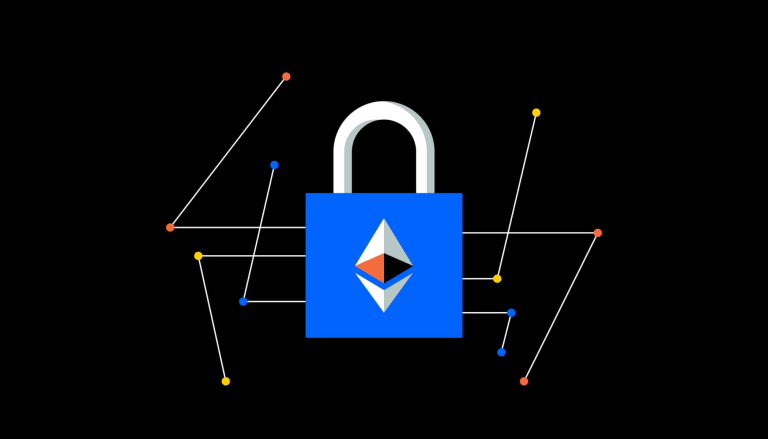What are sandwich attacks in crypto?

Sandwich attacks are a form of market manipulation on decentralized exchanges (DEXs).
These attacks exploit the transparency and immutability of blockchain technology to the attacker's advantage.
Understanding sandwich attacks can help users protect themselves and make more informed decisions in the crypto space.
Understanding Sandwich Attacks
A sandwich attack is a strategic exploitation of a transaction initiated by a user on a decentralized exchange. The attacker places one order right before the user's transaction and one right after it, effectively "sandwiching" the user's transaction.
This form of market manipulation leverages the fundamental principles of blockchain technology, such as transparency and immutability, to the attacker's advantage, often at the expense of regular users.
The Mechanics of a Sandwich Attack
In a sandwich attack, a malicious trader identifies a pending transaction on the network, for example, Ethereum. The attacker then places an order before the user's transaction (front-running) and another one right after it (back-running). The intention is to influence the price of the cryptocurrency being traded, which could potentially benefit the attacker.
For instance, the front-run order might drive up the price of the cryptocurrency, causing the user to pay more. The back-run order could then be used to sell the cryptocurrency, potentially causing the price to drop and leaving the user with a less valuable asset.
The Impact of Sandwich Attacks
Sandwich attacks may have consequences for users and the broader crypto market.
For the individual user, a sandwich attack can result in financial loss as they may end up paying more for a cryptocurrency than its actual market value. On a larger scale, these attacks can contribute to price volatility and undermine trust in decentralized exchanges.
How to Protect Against Sandwich Attacks
There are several strategies users can employ to protect themselves against sandwich attacks.
One approach is to use a higher gas price for transactions, as this can make it more expensive for an attacker to front-run or back-run the user's transaction.
Another strategy is to avoid making large trades that could attract the attention of attackers.
Users may also consider using technologies or platforms that aim to obscure transaction details, making it harder for attackers to identify potential targets.


